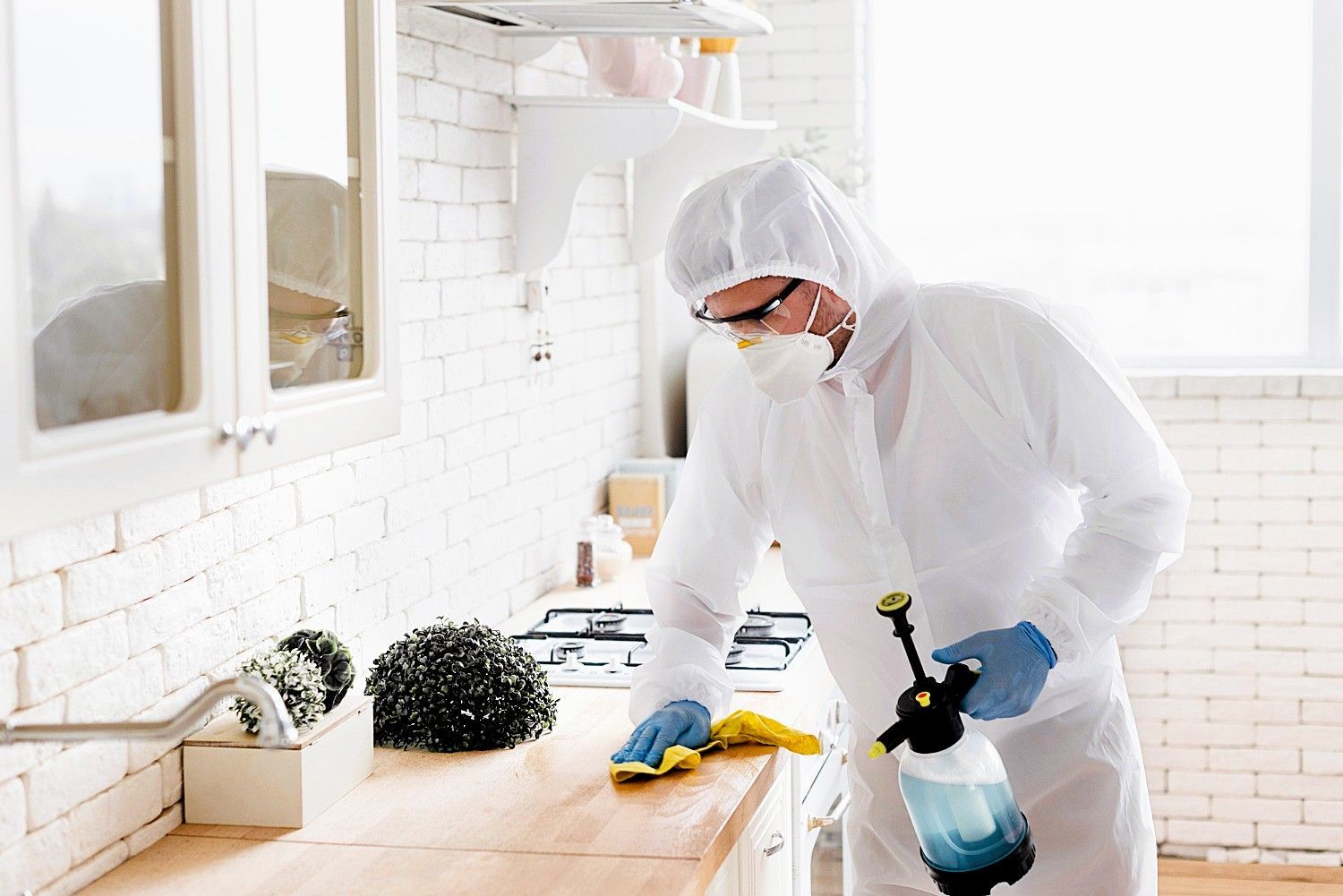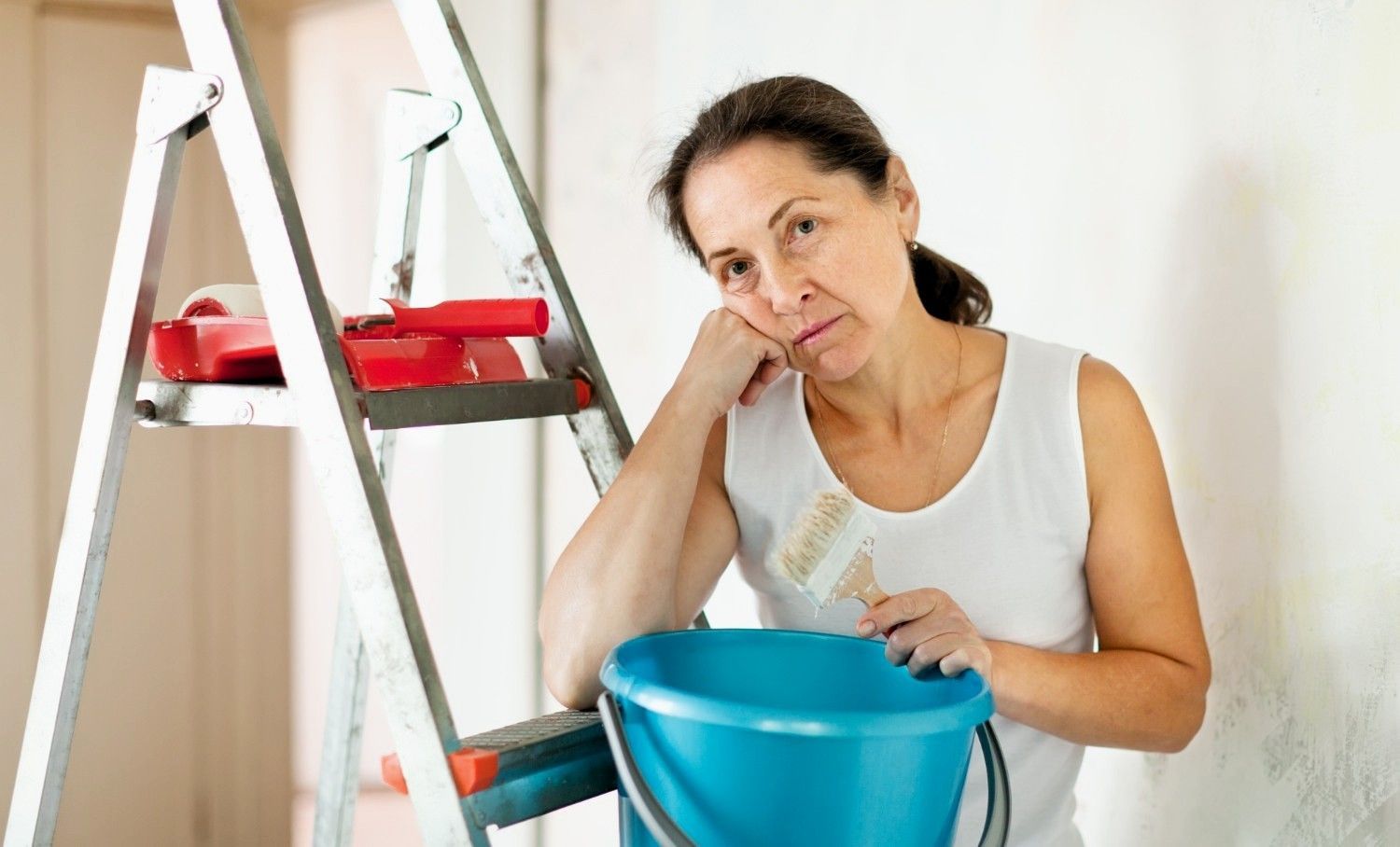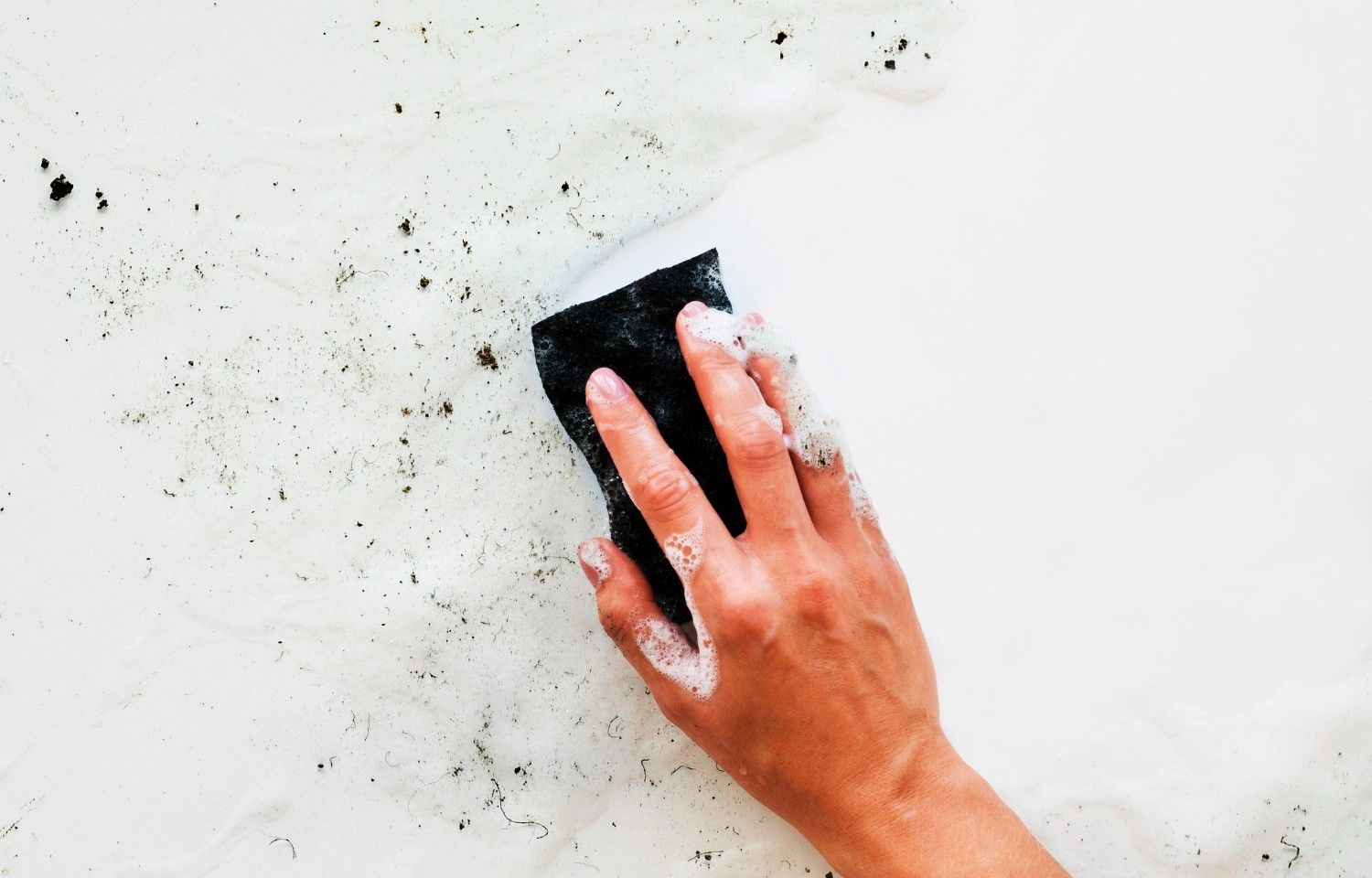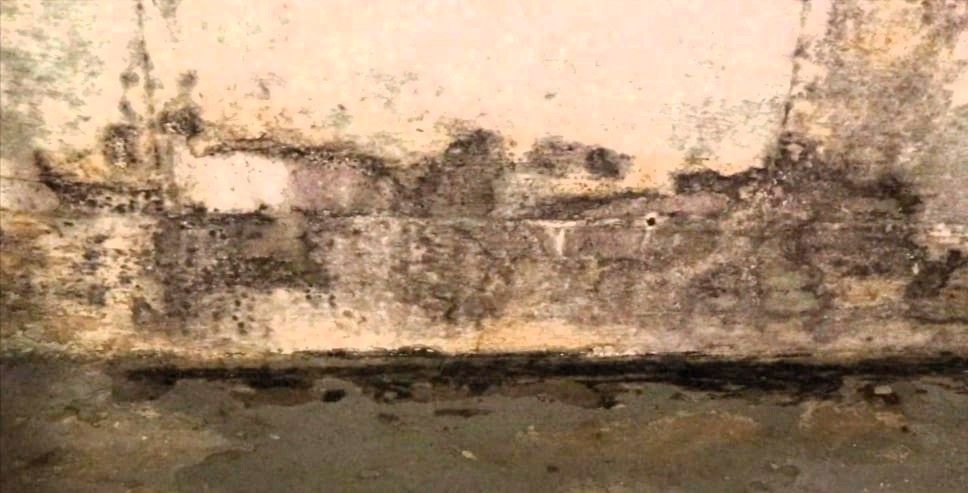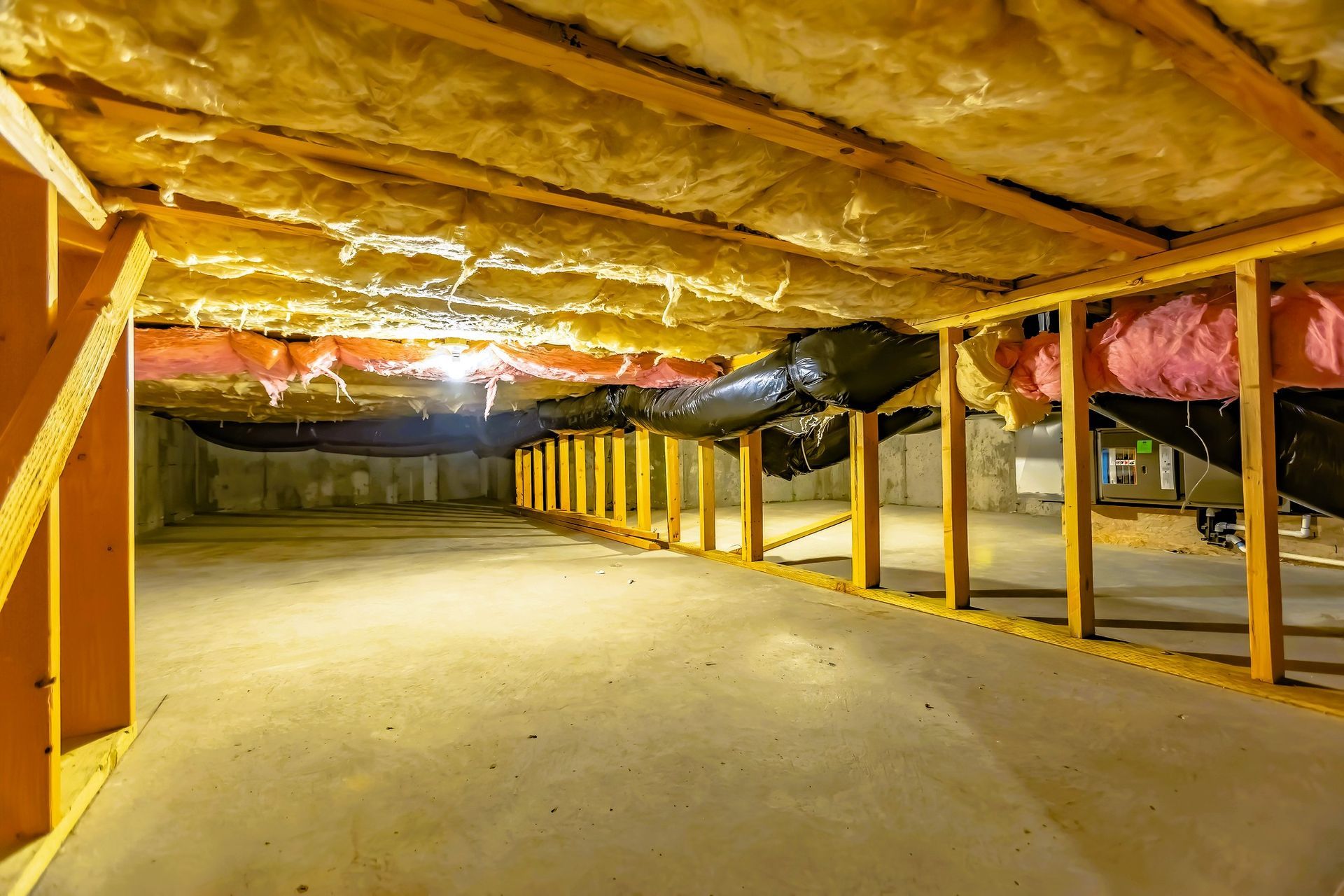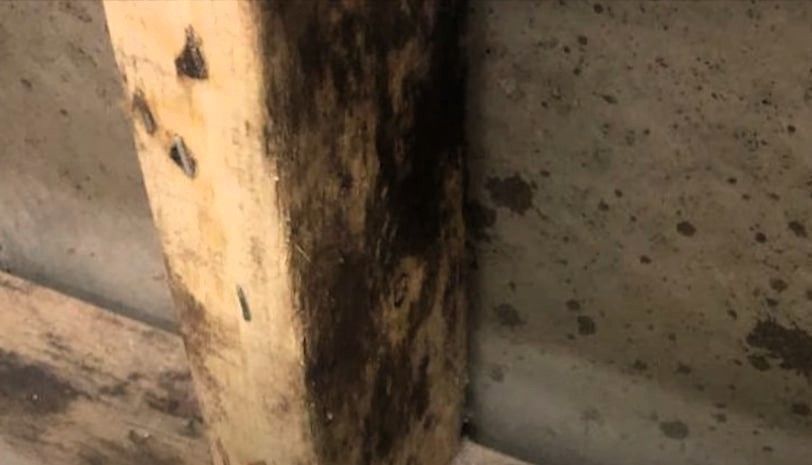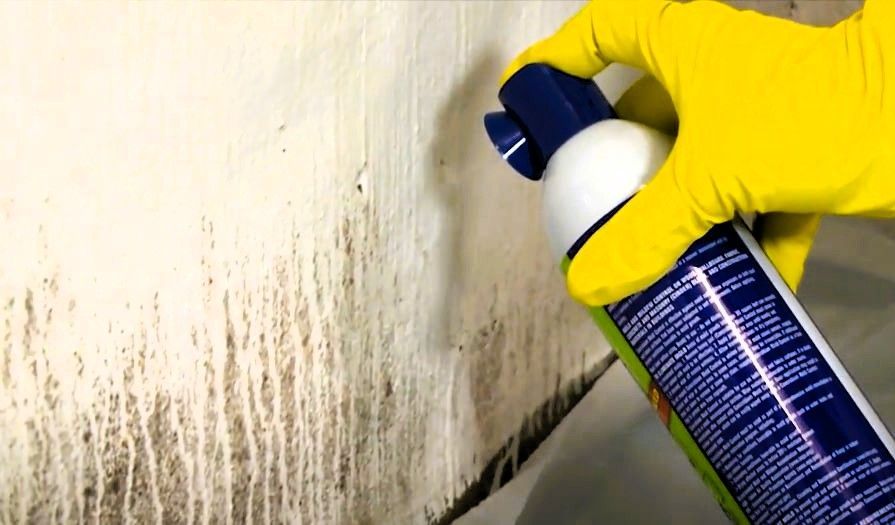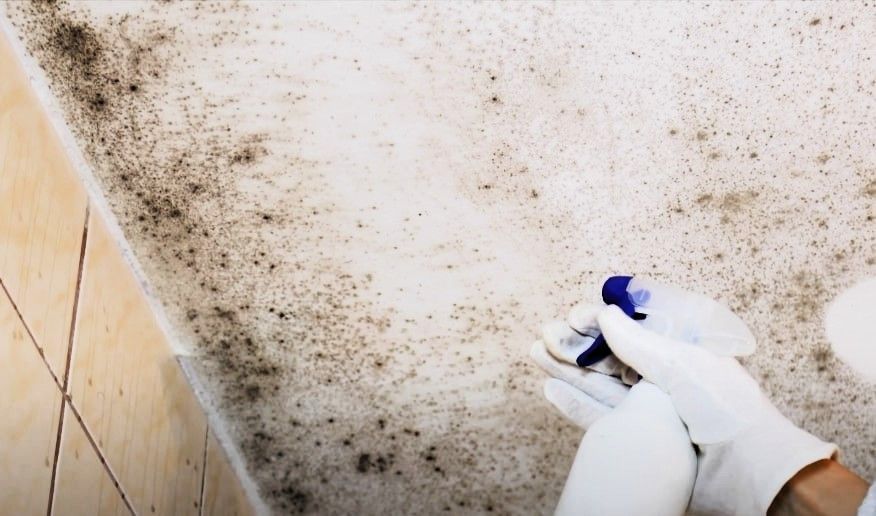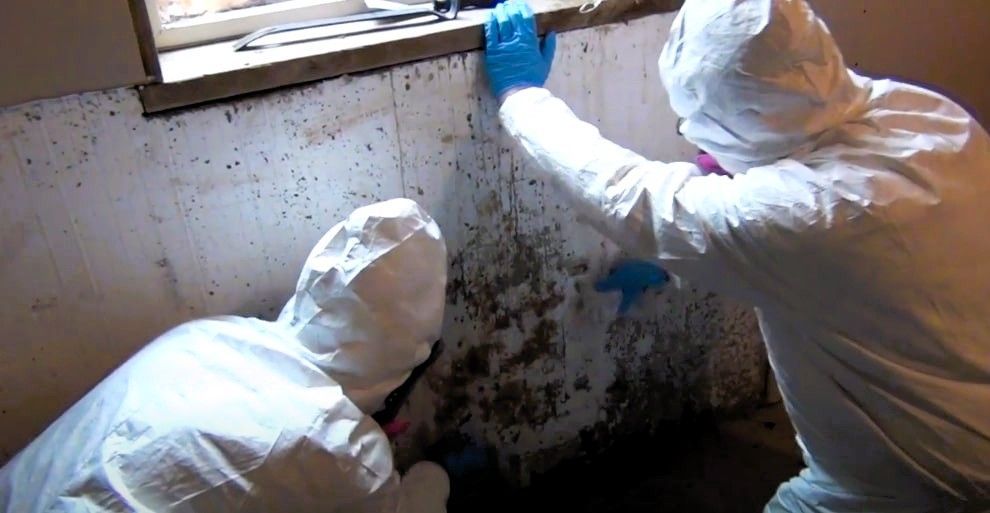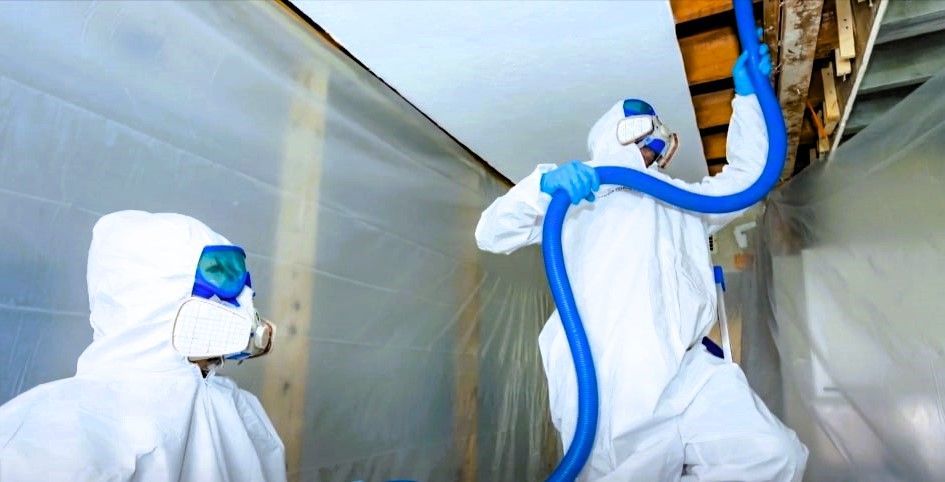How to Prevent Mold from Growing in Your Basement
Essential tips to keep your basement mold-free and healthy!
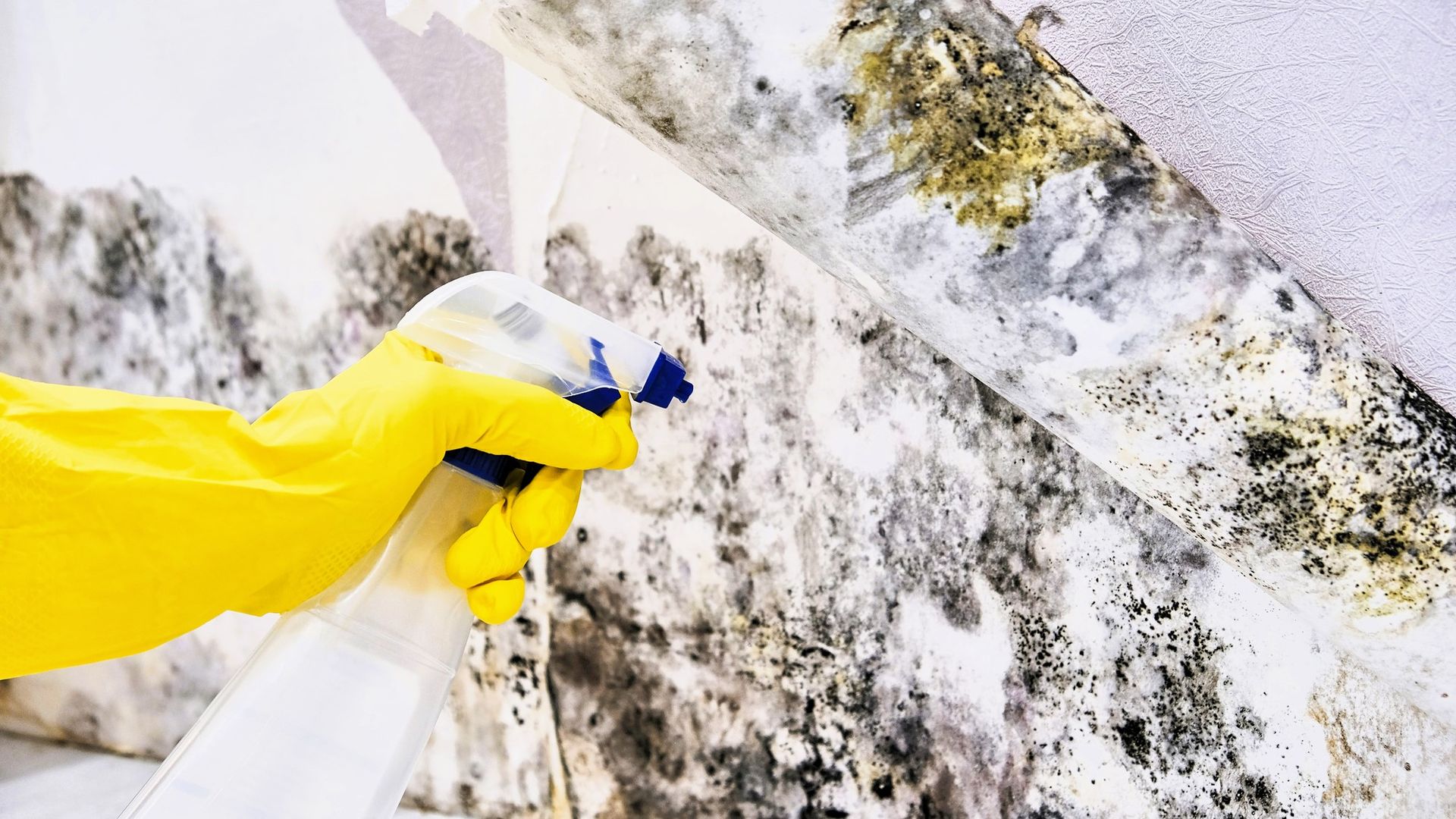
Mold is not just a cosmetic issue in basements; it's a health hazard. The dark, damp, and poorly ventilated conditions in basements are a breeding ground for mold. When your basement is infested, it can significantly devalue your house and, more importantly, pose serious health risks to you and your family. In this guide, we will equip you with easy methods to prevent mold growth in your basement, ensuring a safe and healthy living environment.
Understanding the Causes of Mold Growth
Before we delve into the prevention methods, let's understand the factors that set the stage for mold growth. Mold thrives in environments with excessive moisture, poor air circulation, and organic materials like wood or paper. A basement, typically underground and lacking natural light, can accumulate water due to factors like backyard grading, leading to potential mold growth.
Now that we understand the common causes of mold growth in basements let's explore some highly effective methods of prevention. By implementing these strategies, you can significantly reduce the risk of mold in your basement, giving you peace of mind and confidence in your home's safety.
1. Minimize Moisture
The best way to keep mold out is to keep moisture out. Make sure that your basement is watertight, with leaky pipes and water damage fixed using waterproofing coatings or other means. Maintain proper drainage around your home's foundation.
2. Check Your Sump Pump
A sump pump helps prevent basement flooding. Check and maintain it yearly, change inlet screens as recommended by the manufacturer, and consider a backup pump with a battery to prevent power outage problems.
3. Choose Your Flooring Wisely
Don't use carpet that retains moisture or other porous materials that easily absorb it. Instead, whenever possible, use vinyl, tile, or sealed concrete for your flooring and counters made of alkali-resistant or glazed stone or tile. All of these are easier to keep dry and clean.
4. Declutter Your Basement
Mold goes wherever there is clutter. Keep your basement organized and uncluttered. Place belongings into plastic rather than cardboard boxes that can absorb moisture and spawn mold.
5, Insulate Your Space
Because condensation always forms at the coolest point, insulation that prevents walls and pipes from being too cool will also minimize the risk of condensation and mold. Good-quality insulation and effective sealing of any drafts will be essential to making your basement warm and dry.
6. Keep Plants Upstairs
Moisture from plants evaporates into the air, leading to mold growth. Therefore, avoid placing plants in areas with poor air circulation, such as your basement.
7. Avoid Storing Wood Downstairs
Wood is an ideal medium for mold. To prevent the spread of mold spores, keep firewood and other wooden items outside or in dry places away from your cellar.
8. Properly Vent Appliances
Make sure dryers and washing machines are vented outside the basement to prevent excessive moisture condensation.
9. Remove Stale Air
To quickly ventilate the area, try using a fan or an open window. Airflow can help prevent mold and dampness from settling in.
10. Use a Dehumidifier
It is a useful tool for controlling humidity. To keep your basement dry and, most importantly, prevent mold, keep the humidity below 60% or set your dehumidifier according to the instructions.
Conclusion
To prevent mold in your basement, your best strategy is to keep moisture under control at all times and maintain regular home and basement upkeep. By taking these proactive steps, you can prevent mold growth before it becomes a health and home hazard. If you need mold services in Grand Rapids, consider
calling the experts at Grand Rapids Mold Relief to switch to a healthier and safer way of living.
